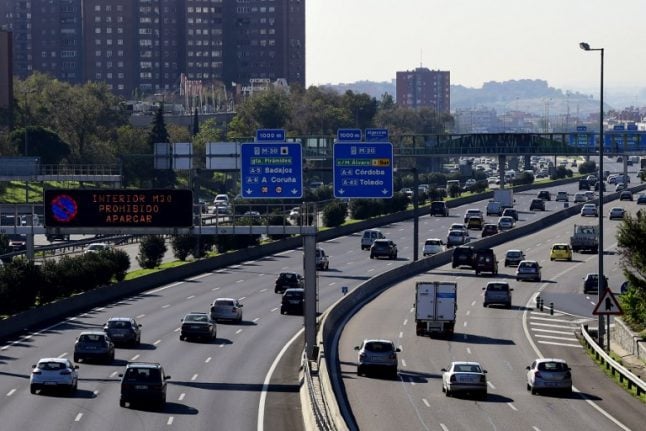Despite road safety campaigns and targeted crackdowns by traffic police on dangerous driving, the peak holiday season saw 34 more deaths on the roads than during the same period last year.
This increase, which represents a 15 percent rise on last summer, was reported by Pere Navarro, head of Spain’s Traffic agency (DGT) on Tuesday.
Hoy se ha presentado el #BalanceSeguridadVialVerano que nos deja cifras preocupantes. Mucho por hacer, sobre todo en #velocidad, #alcoholyotrasdrogas, #distracción, #vulnerables y #ctrasconvencionales. Contamos contigo. pic.twitter.com/srnEdmGVhV
— Dir. Gral. Tráfico (@DGTes) September 4, 2018
He revealed that since the start of 2018, 799 people had lost their lives on Spanish ‘interurban’ roads – defined as paved roads outside of urban populations.
Navarro called on a revised national road safety policy that would include lowering the speed limit on non-motorway roads. The top speed limit on non-motorways is currently 100 km/h.
He also argued that more speed traps would help prevent accidents as would a redesign of road layout at accident black spots and greater provision of cycle lanes.
He also blamed driver distractions for the rise in the number of accidents, claiming that more and more accidents were being caused by drivers looking at the mobile phones and using Whatsapp.
Only eight of Spain 17 regions saw a reduction in the number of fatalities compared to last year; Andalucia. Asturias, the Balaeric Islands, Cantabria, Castilla-La Mancha, Extremadura, Madrid and La Rioja.
#BalanceSeguridadVialVerano: Ocho #CCAA han reducido sus cifras de víctimas mortales en #accidente respecto al verano pasado. Son Andalucía, Asturias, Illes Baleares, Cantabria, Castilla-LaMancha, Extremadura, Madrid y La Rioja. pic.twitter.com/Gab9l7lknM
— Dir. Gral. Tráfico (@DGTes) September 4, 2018
The DGT provided a breakdown of the fatalities:
#BalanceSeguridadVialVerano: El 34% de los fallecidos en #accidente #tráfico eran usuarios vulnerables de la vía:
? PEATONES 23 ☠️
? CICLISTAS 8 ☠️
?️ MOTORISTAS 52 ☠️
? CICLOMOTORISTAS 6 ☠️ pic.twitter.com/2QfC6IyxWR— Dir. Gral. Tráfico (@DGTes) September 4, 2018
READ ALSO: If you're thinking of buying a car in Spain, you need to read this



 Please whitelist us to continue reading.
Please whitelist us to continue reading.